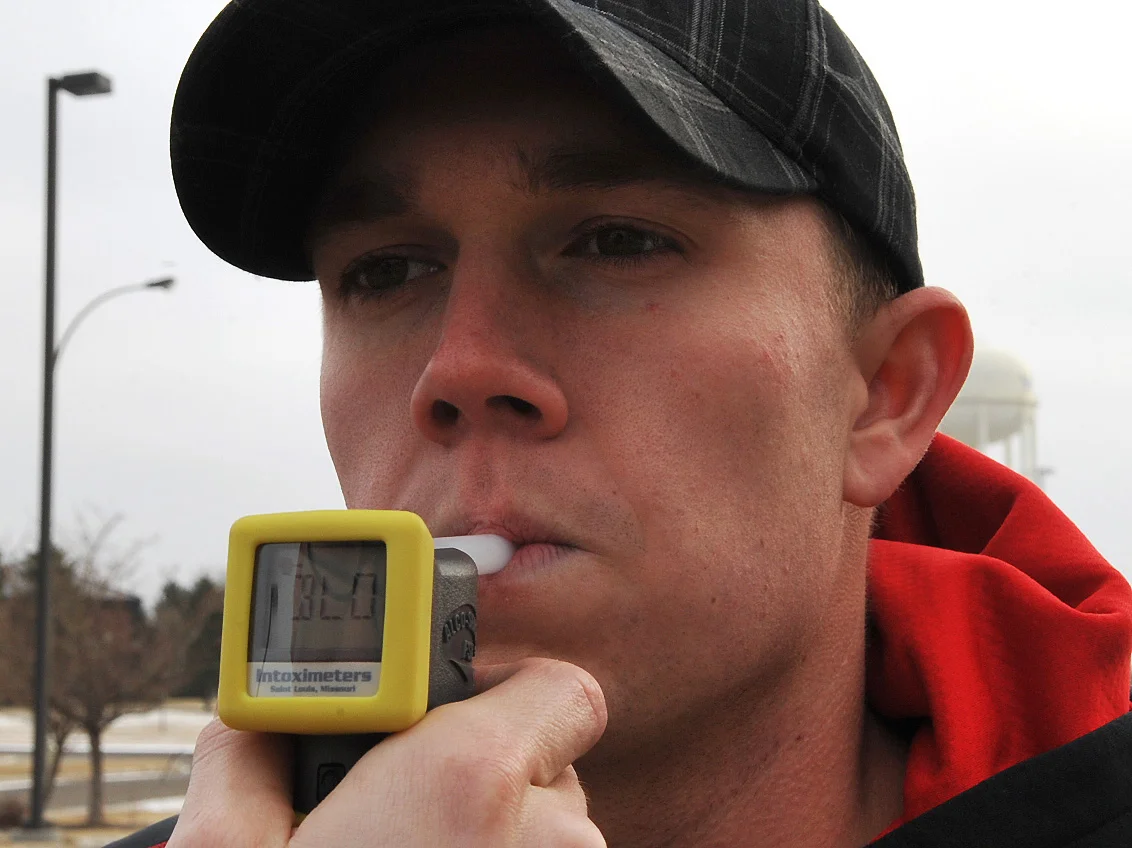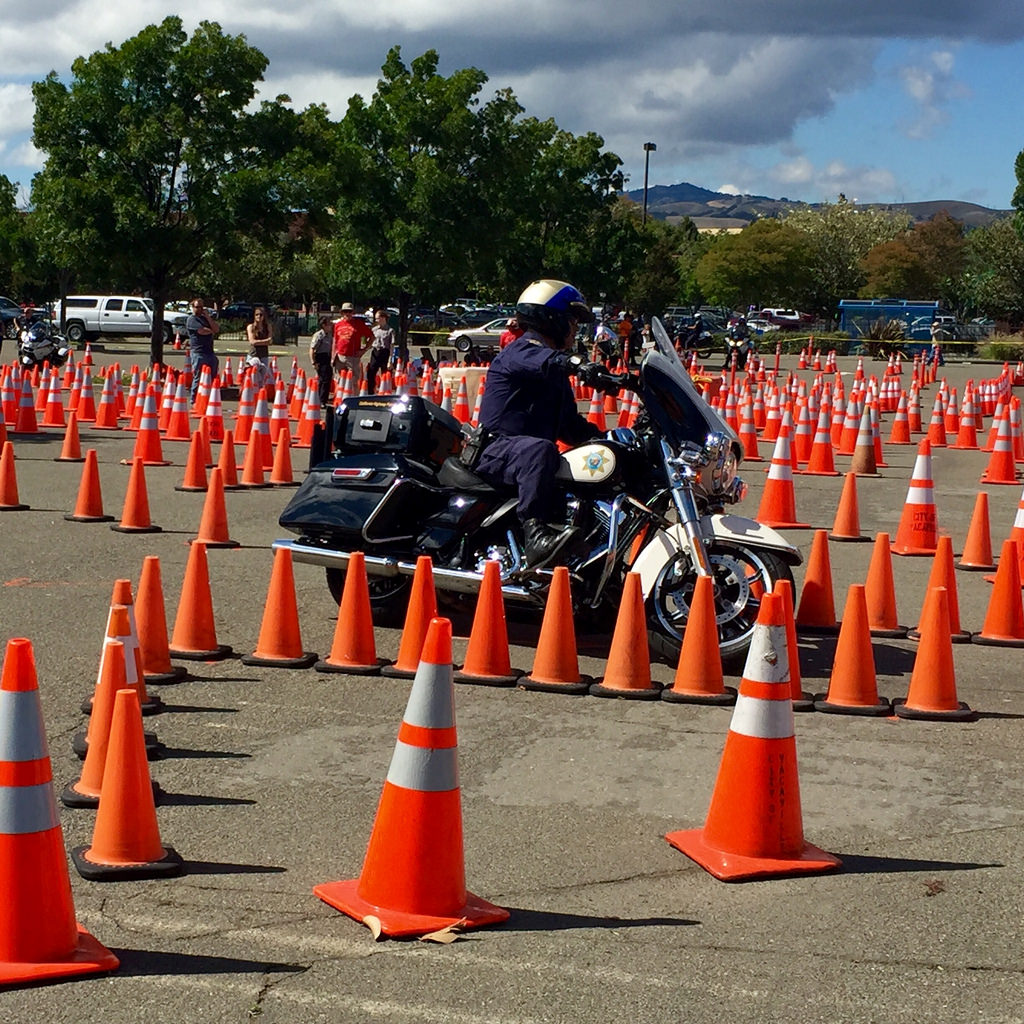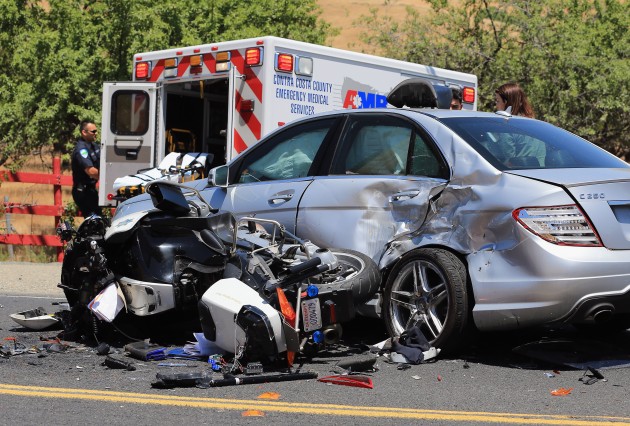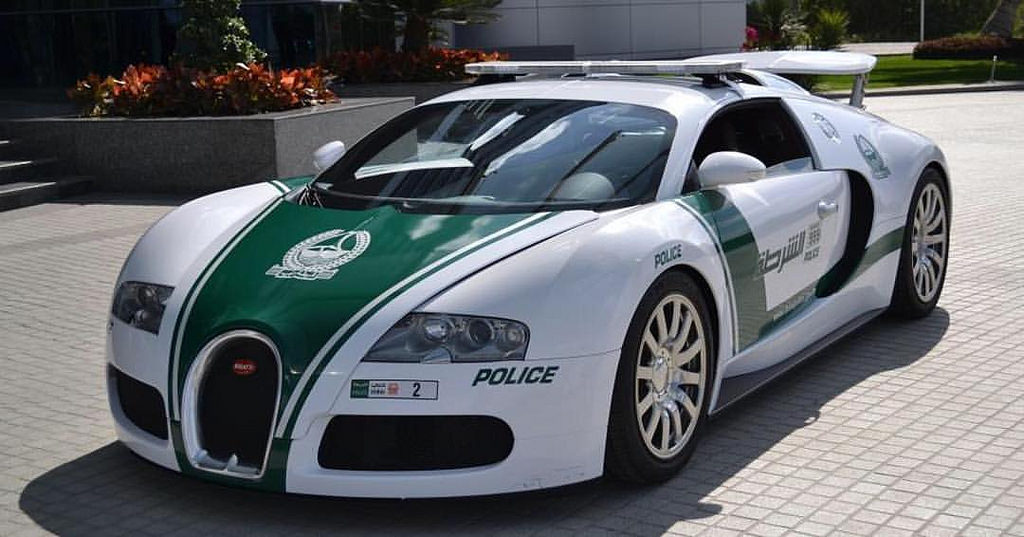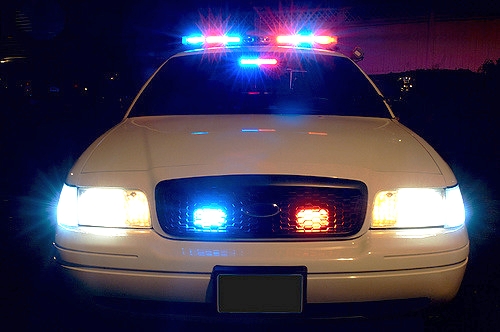Many Michigan residents were unaware until recently that they could be ticketed for leaving their cars running, with the keys in the ignition, on private property. That is exactly what happened to Nick Taylor Trupiano, 24, of Roseville, Michigan back in January. Mr. Taylor started up his car to get it warm and left his keys in the ignition before going back inside his house for a few minutes. He told XILX 10 News that when he came back to his vehicle however, he noticed a ticket on the windshield. Angry about receiving the ticket, Taylor posted a picture of the ticket along with his enraged feelings about the officer who issued it, on Facebook, where it was shared more than 14,000 times.
The Reason For The Ticket
The ticket said, “Vehicle parked in drive with keys in the ignition, motor running -- no one around." Roseville Police Chief James Berlin explained that Taylor was “putting the public at risk” and that it was "purely a public safety issue" because by leaving the car unattended with the key in the ignition, Taylor gave carjackers a chance to steal the vehicle. Berlin also clarified that using a remote starter is fine, but leaving the keys engaged in the car is where the issue arises.
Taylor said he would have respected the ticker had the officer knocked on his door and informed him that he was in violation. "I had no clue that this was a law, an ordinance. I’ve done this every day for seven years. Every person warms up their car. We live in Michigan." On those grounds, Taylor therefore decided to fight the ticket.
The Judge's Decision
Judge Marco Santia of the 29th District Court ruled that the $128 ticket will stand. Santia stated that the ticket was given under reasonable circumstances under the law despite Taylor's argument that the ticket should not apply to his private property. City Attorney Tim Tomlinson essentially argued that Taylor left his car open and viable for criminals to steal his car which is why the ordinance exists in the first place - to deter "nefarious people." Tomlinson even reported to the court that not long after Taylor received his ticket that two incidents of car theft occurred due to similar circumstances-one including children and the other, a high speed chase.
House Bill 4215
The viral response to Taylor's Facebook post caused so much public outcry that Republican Rep. Holly Hughes submitted a bill in February to excuse residents from receiving a ticket if their car was left running on private property. The bill known as HB 4215 was approved in March in a 77 to 30 vote in the House. Hughes argued that it's up to the owner of the car if they want to take the risk of having it stolen by leaving it outside and running.
The Safety of Idling A Car
Though warming up cars in winter is an age old practice for citizens of Michigan, it is in fact discouraged by car experts. Popular Mechanics says that letting your car idle, "decreases [the life of your engine] by stripping oil away from the engine's cylinders and pistons...Driving your car is the fastest way to warm the engine up to 40 degrees...The best thing to do is start the car, take a minute to knock the ice off your windows, and get going...It takes 5 to 15 minutes for your engine to warm up, so take it nice and easy for the first part of your drive...Warming up your car before driving is a leftover practice from a time when carbureted engines dominated the roads."
So, in addition to car theft and opening up the public to potential violence, warming up a car isn't even good for the cars. This is an important fact to remember as a car that is not in good condition is more likely to become involved in a car accident. Therefore, drivers should remember to always keep their car maintenance up to date, and in the event that they do rely on warming up their cars in winter, should have their vehicle inspected by a professional mechanic regularly, to ensure that it is in good shape.
Idling your car to warm it up is a popular practice in the cold, harsh winters of Michigan. However, warming up your car and leaving it unattended can open drivers up to a host of problems including car theft and potentially, a broken engine. If you or someone you know has been involved in a car crash due to winter weather or a worn out engine, call The Michigan Law Firm, PLLC at 844.4MI.FIRM for a free consultation.








